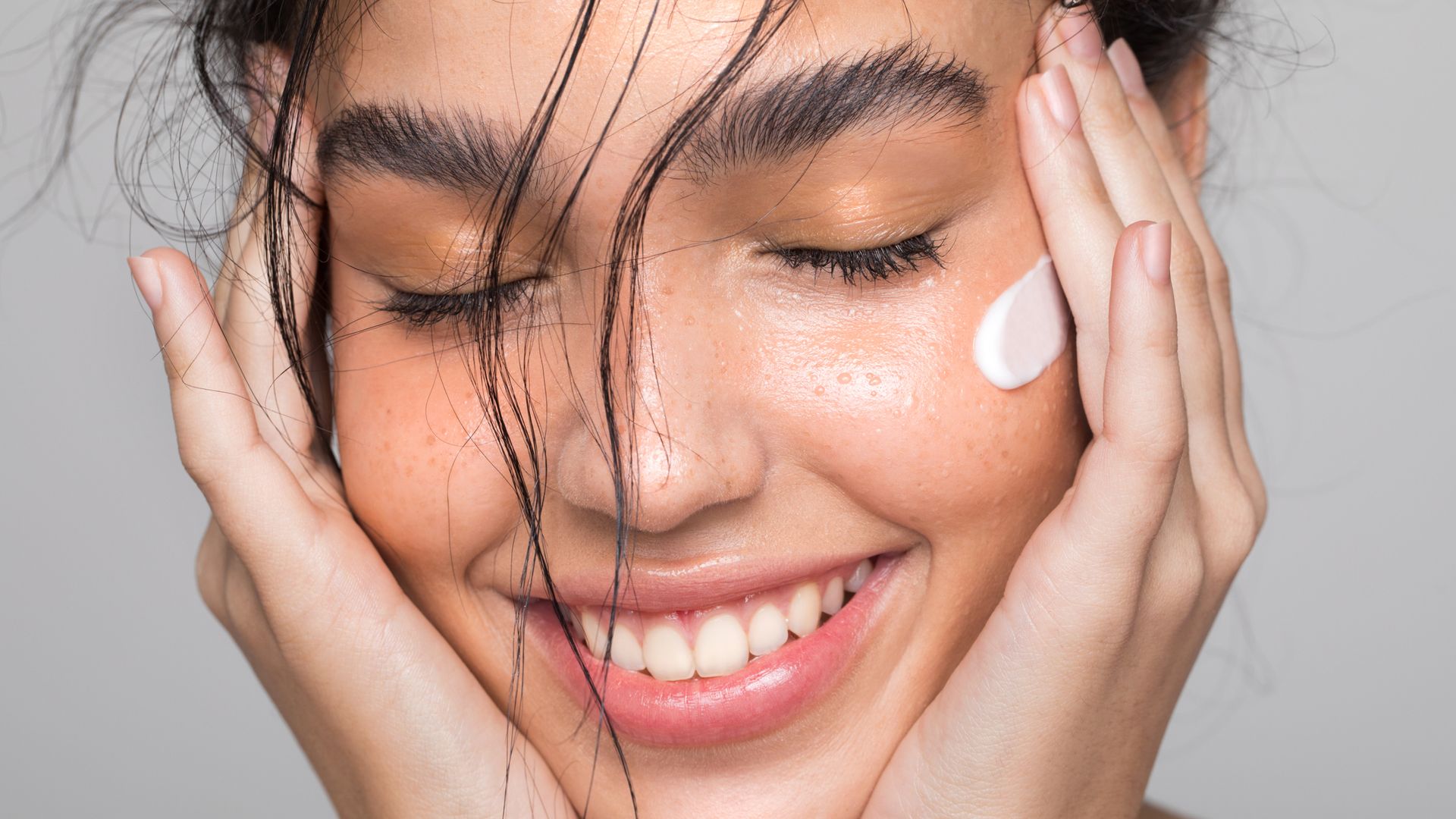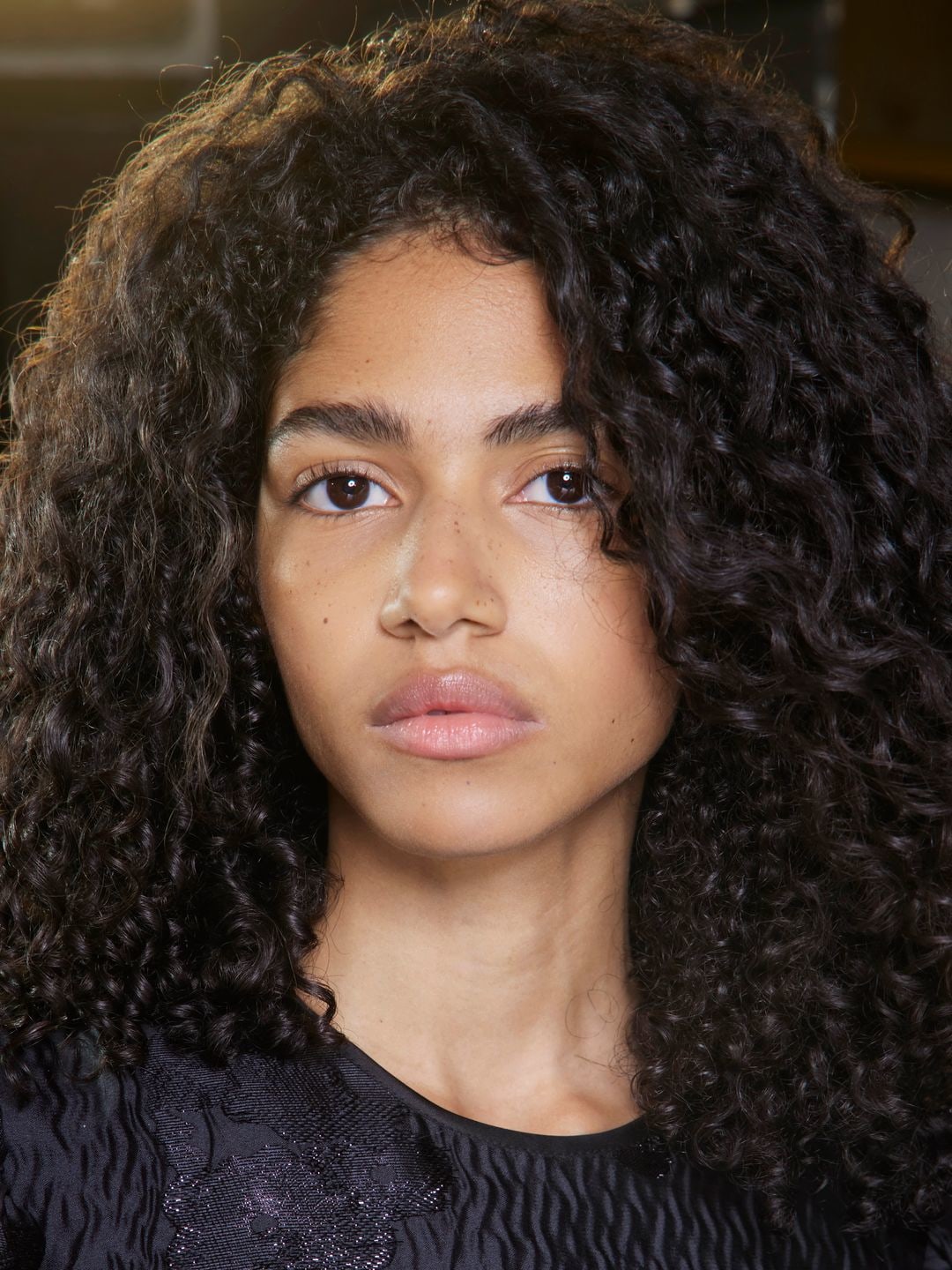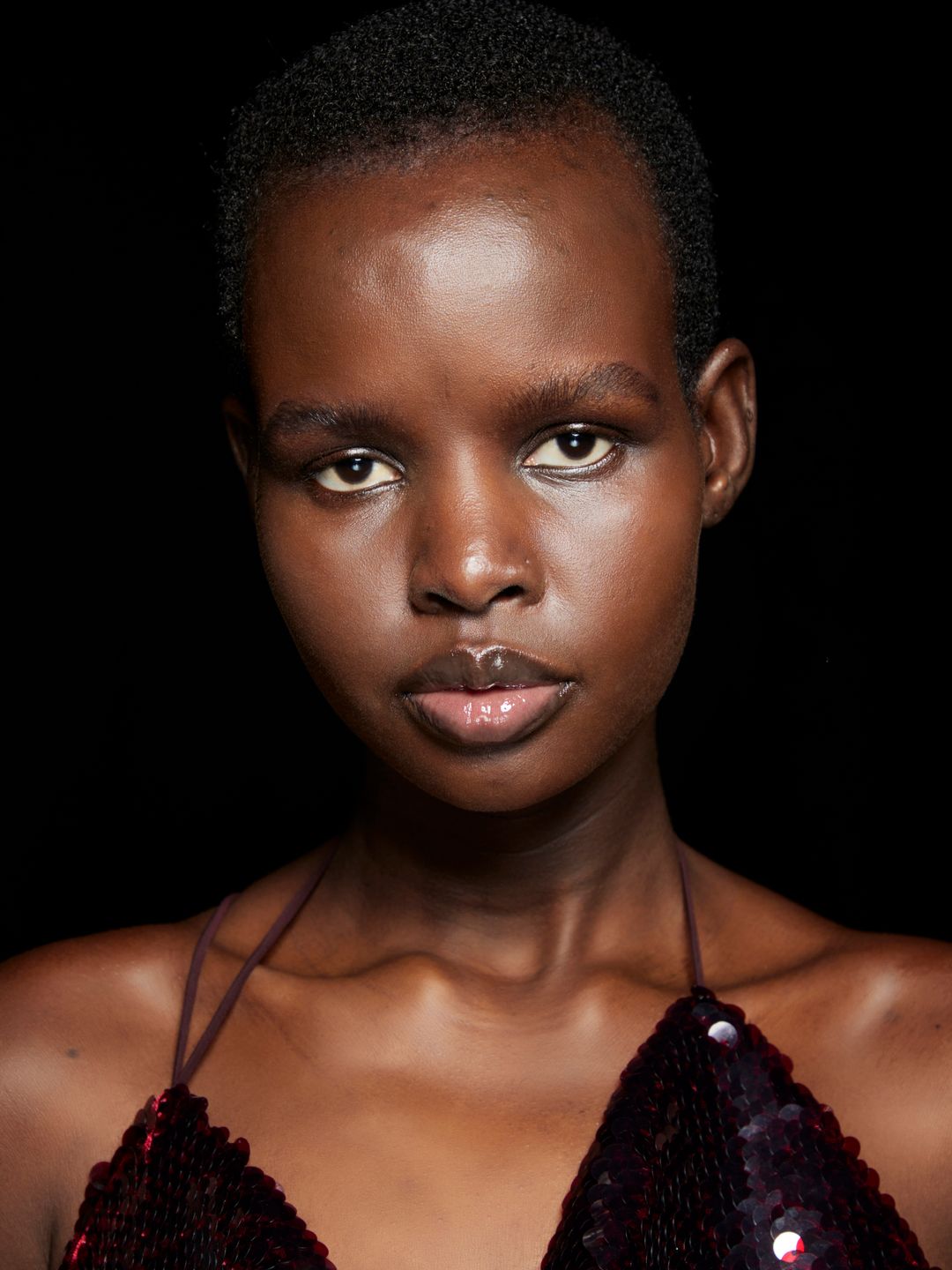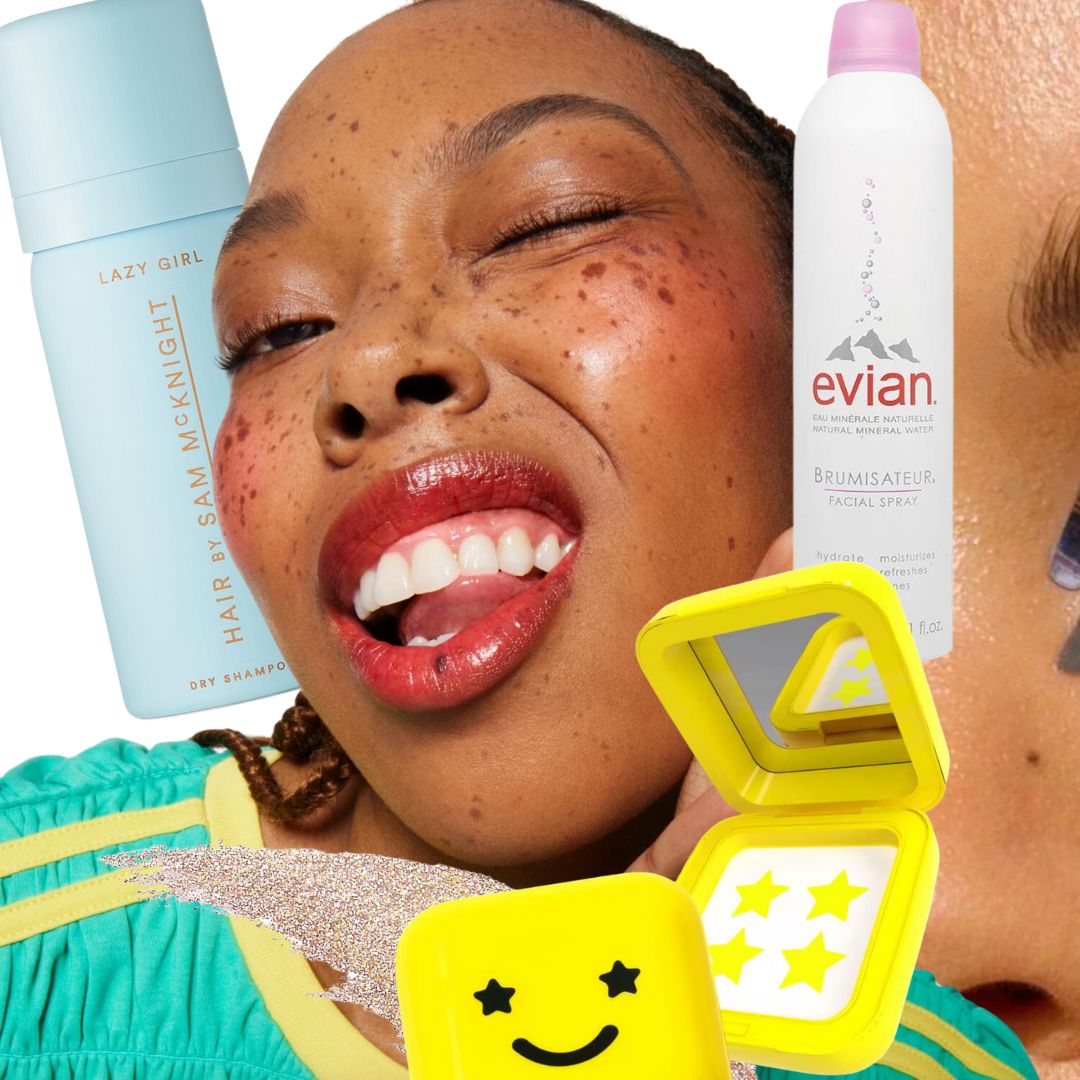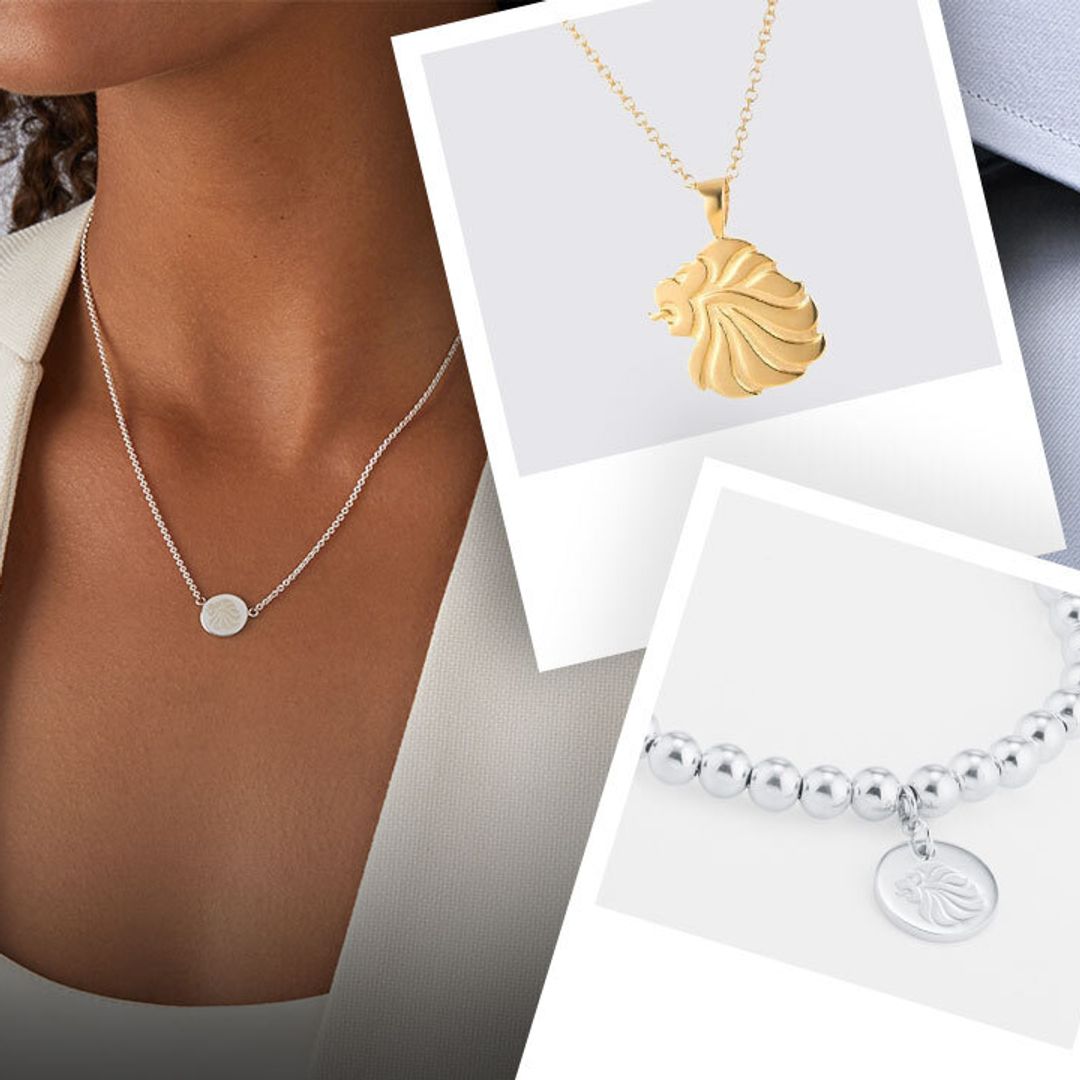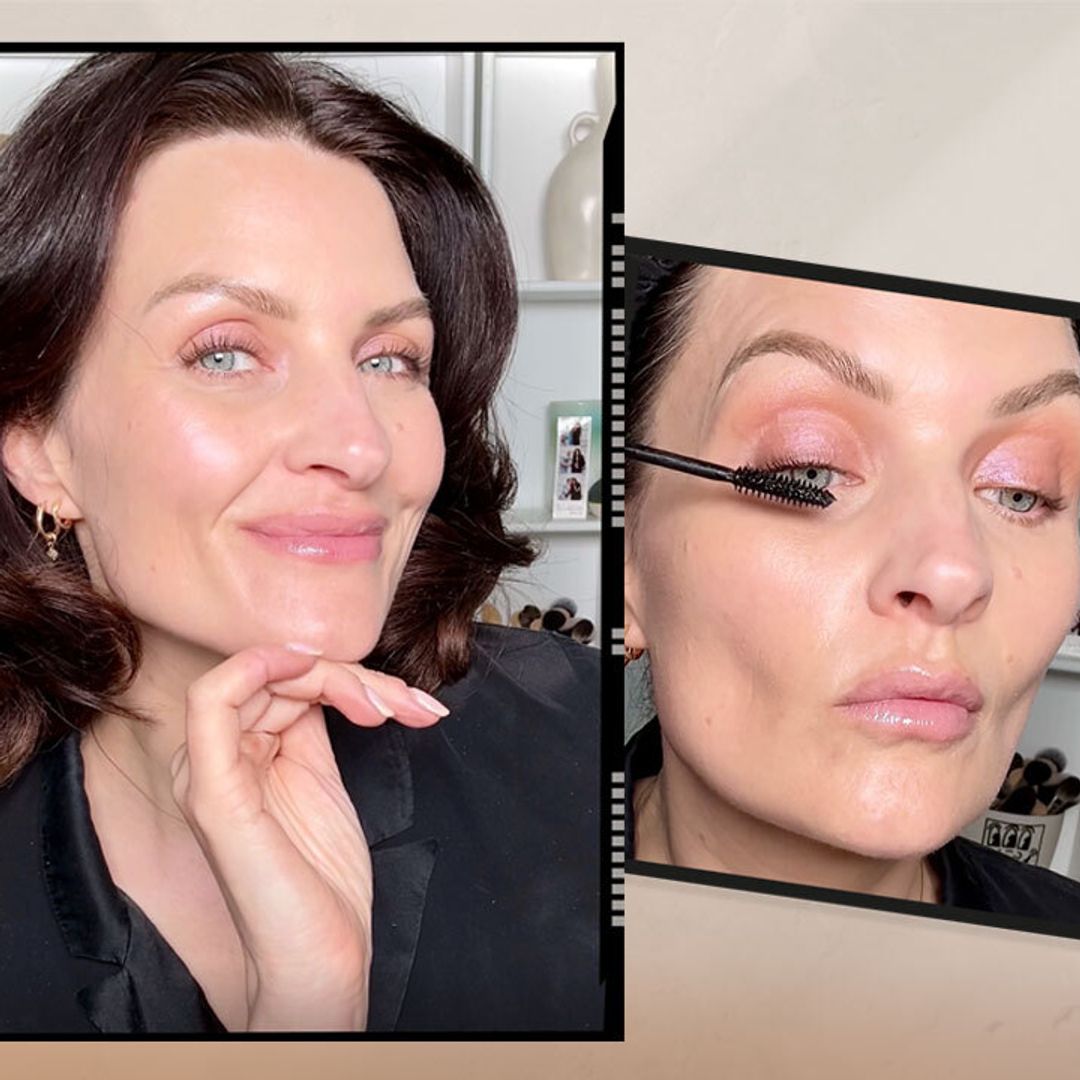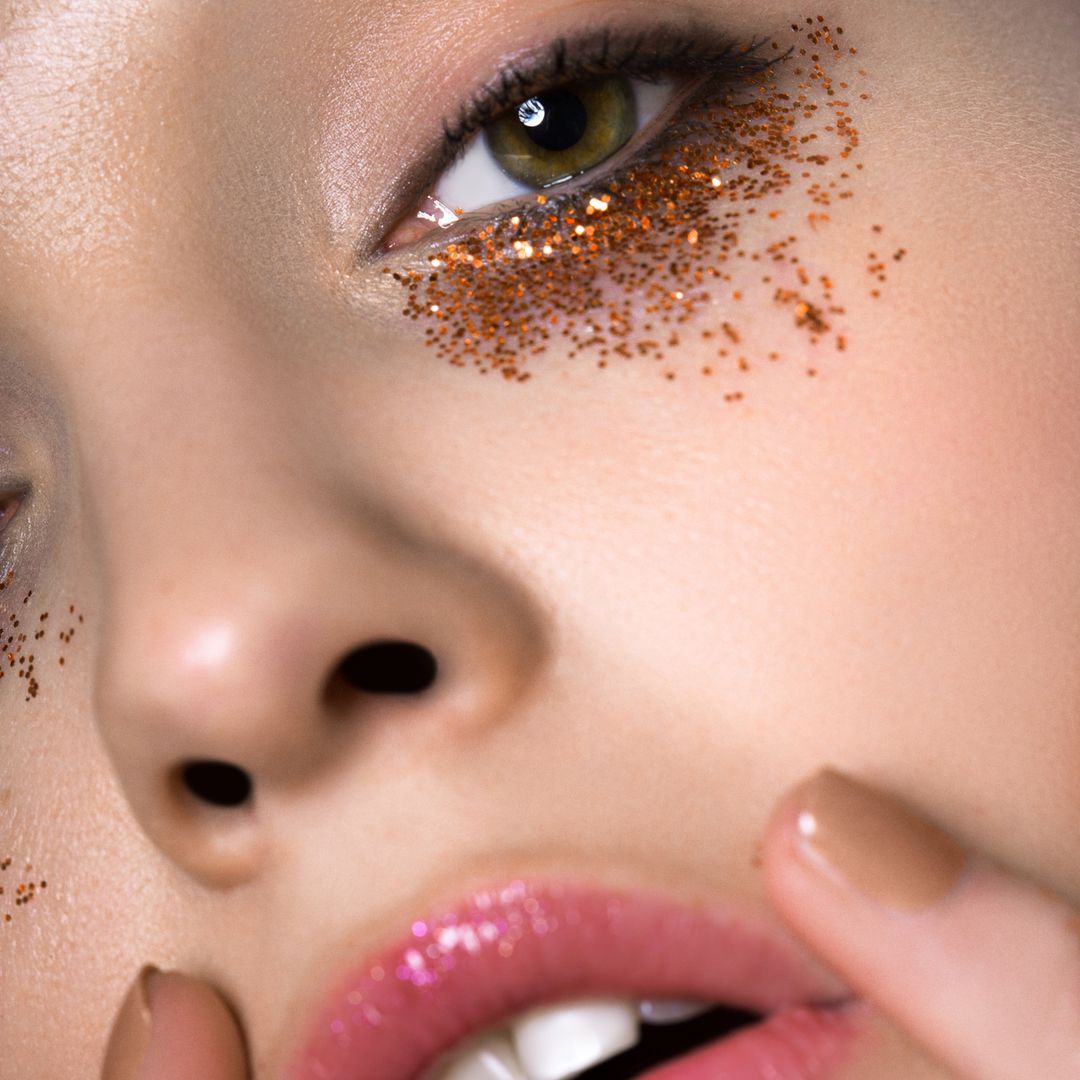TikTok beauty trends are ten a penny – but which ones are actually worth taking for a spin? Some so-called "hacks" are stone-cold genius, but others go viral and prompt an outpouring of dermatologist naysayers.
Skin cycling, on the other hand, boasts a different kind of origin. The concept was actually pioneered by a dermatologist, Dr. Whitney Bowe, in response to a trend among her clients. She noticed that many of them had extremely lengthy routines, taking on a sort of "kitchen sink" approach. Too many products at too high concentrations, and a lack of awareness around ingredients that don't work well together – a recipe for disaster.
MORE: Do eye creams actually work? A dermatologist tells you the truth...
The New York City-based derm developed a new strategy with skin barrier optimisation at its core. Skin cycling, as it is known, is all about rotation and restraint.
What is skin cycling?
The trend is focused around minimising irritation and getting the most out of your products. "Skin cycling is a new way to bring your night-time skincare routine to the next level," Lucia Clinic dermatologist Dr. Radmila Lukian explains. "The dermatologist-approved method involves rotating your skincare products so you don’t over-exfoliate skin – done over four nights."
"Primarily, this strategy prevents over-zealous users from excessive exfoliating, which can lead to dry and irritated skin due to an impaired skin barrier. It simplifies things as it can be confusing when one has multiple products from multiple brands on the bathroom shelf."
READ: What is double cleansing and how to do it right - according to a celebrity facialist
MORE: What is slugging and is it actually good for your skin?
How does skin cycling fare in comparison to other trends?
"Skincare trends can be overwhelming to keep up with, especially if you struggle with acne-prone skin, sensitive skin or oily skin to name a few," Dr. Lukian says. "Skin cycling is all about simplifying your skin routine, using only a key product to deliver maximum results. There is also a recovery period which gives your skin time to repair from the products applied the night before."
Is skin cycling good for your skin?
This method can be very effective, especially for those who currently have quite complicated routines. It enables you to introduce active ingredients, and then allow your skin to recover during the healing period. "It can also simplify your skincare routine to only the essentials – e.g., medical-grade products that incorporate key ingredients to target different skincare concerns at once," Dr. Lukian says.
"Alternating between these different products is beneficial for skin as it allows you to balance your active and recovery nights, which can minimise irritation while giving the desired results. I would always recommend consulting with a dermatologist if you have any questions on which products you should use, as constantly changing your routine can also lead to breakouts, sensitivity and more."
Which skin types are best suited to skin cycling?
Skin cycling is suitable for all skin types but can be especially beneficial for acne-prone and sensitive skin. "What's fantastic about this technique is that you can customise your recovery and active nights to complement your skin type or preference," Dr. Lukian says.
MORE: Does gua sha work? A dermatologist reveals all
The Ideal Skin Cycling Routine:
Typically, a skin cycle will begin with a night of exfoliation. Acids, or liquid exfoliants as they're otherwise known, can be used to treat a variety of skin issues such as blemishes, dullness, clogged pores and pigmentation. The second night is all about retinoids, another versatile ingredient that should be deployed based on your personal concerns, followed by two recovery nights.
Night 1 – Exfoliation
After cleansing, soak a reusable cotton pad in your liquid exfoliant. Sweep it over your skin, avoiding the eye area if you're prone to sensitivity.
In terms of which product is right for you, there are three main categories that liquid exfoliants tend to fall into: alpha hydroxy acids (AHAs), beta hydroxy acids (BHAs) and the lesser-known polyhydroxy acids (PHAs). As a rule of thumb, AHAs, usually fruit-based sugar acids such as glycolic, lactic or mandelic, are great for dull types seeking a glow boost. PHAs can have a similar effect but are made up of larger molecules and so have a lower risk of irritation – ideal for drier, sensitive types. BHAs (salicylic being the most widely used type) break up pore blockages and are therefore adored among spot-prone oily types.
Night 2 – Retinoids
Retinoids are a class of chemical compounds from which retinol and other retinoic products are formed, all of which derive from vitamin A. FYI – Retinol is a type of retinoid.
They're best known for their effectiveness in reducing the signs of ageing, but retinoids can be used to treat heaps of other concerns, including breakouts.
Nights 3 & 4 – Recovery
The final part of the cycle requires that you take a break from the exfoliation and retinoids. Instead, these nights present the perfect opportunity to take it easy and focus on hydration and repair. Hyaluronic acid is great for retaining moisture and ceramides are excellent for strengthening the skin barrier. Again, don't overcomplicate it. Opt for a nourishing serum and layer a night cream or a facial oil over the top, and then the following night you can restart the cycle.
Like this story? Sign up to our Hello! Fashion newsletter to get your weekly 'Fashion Fix' delivered straight to your inbox.
HELLO!'s selection is editorial and independently chosen – we only feature items our editors love and approve of. HELLO! may collect a share of sales or other compensation from the links on this page. To find out more visit our FAQ page.
